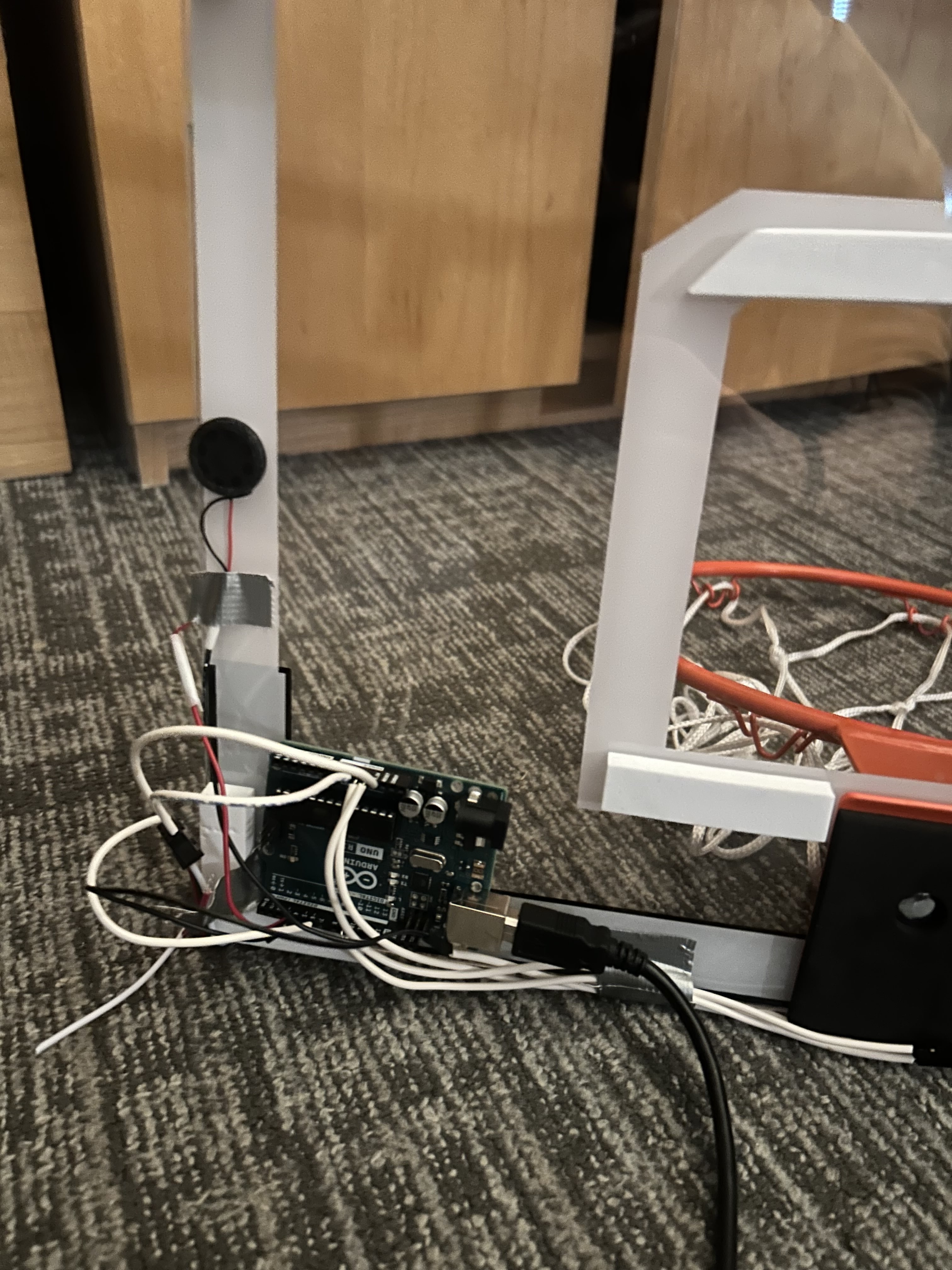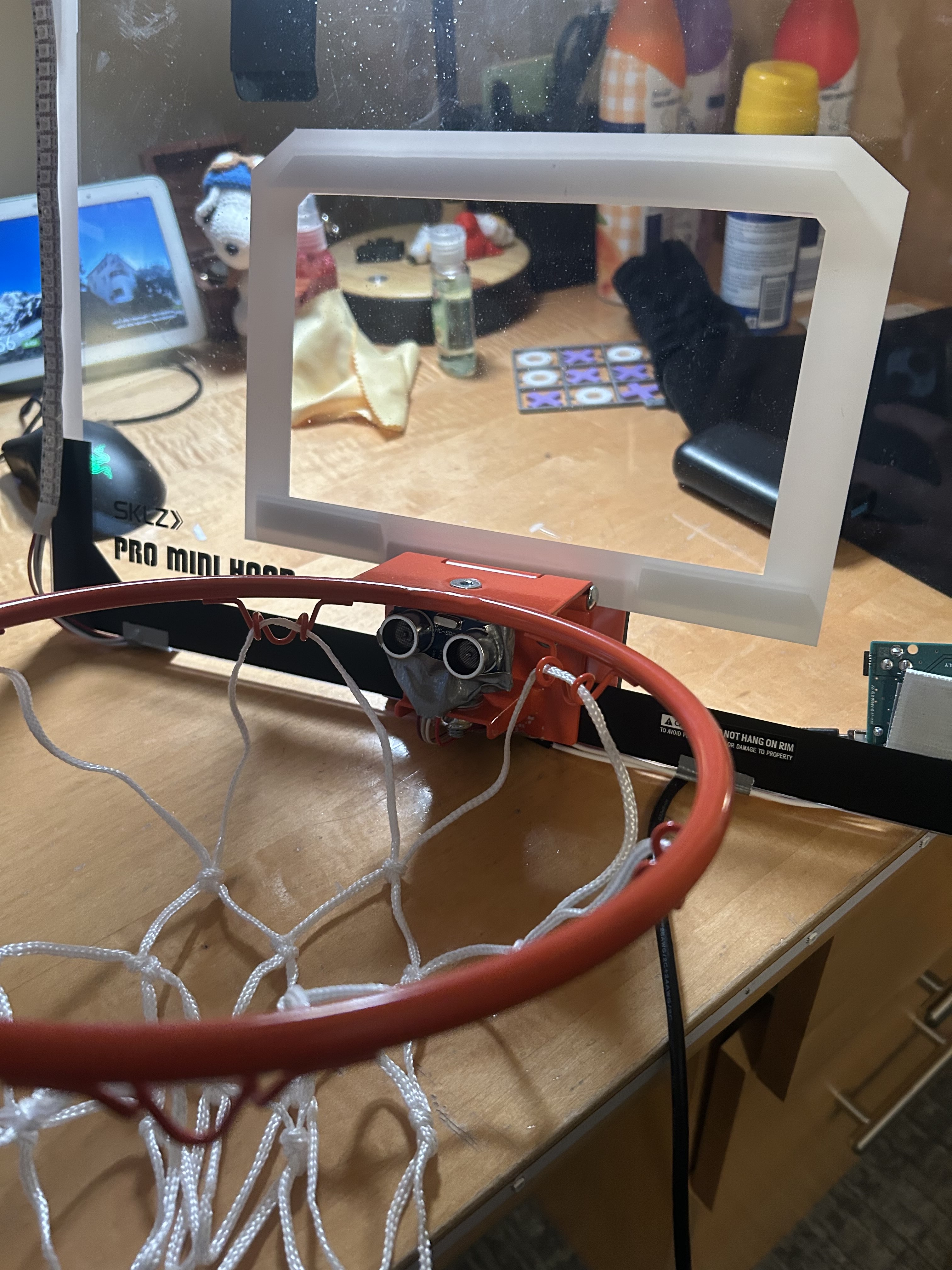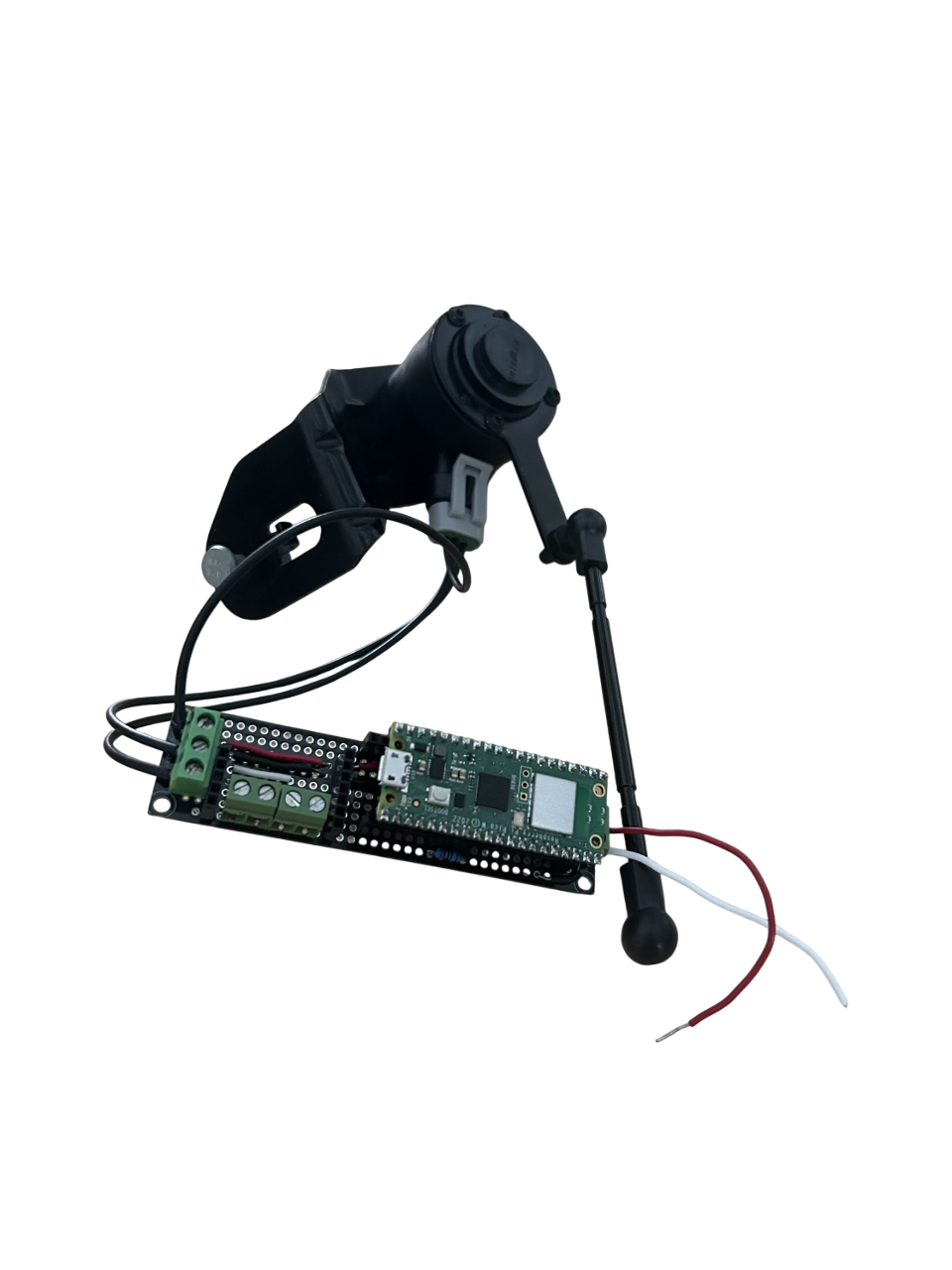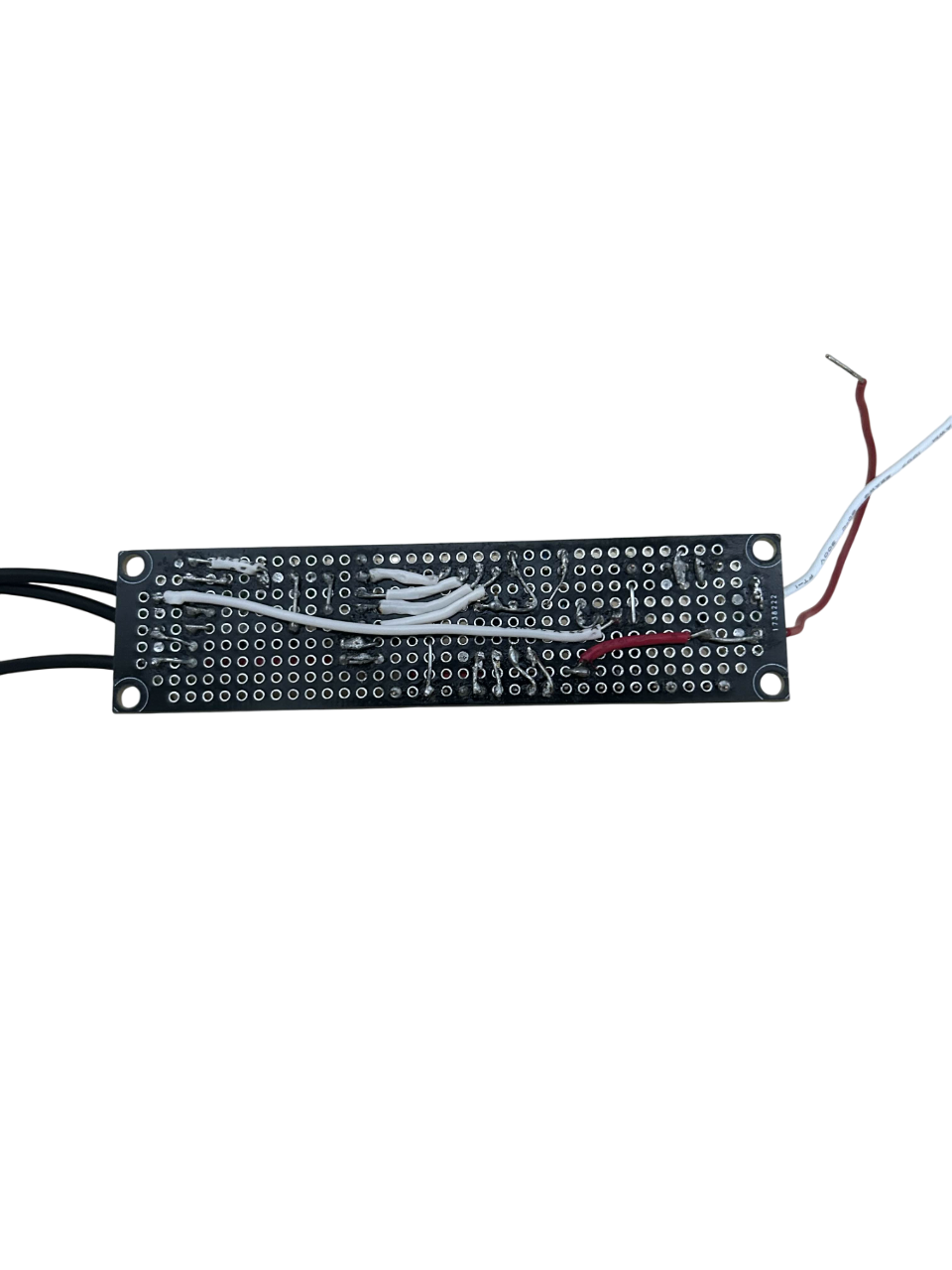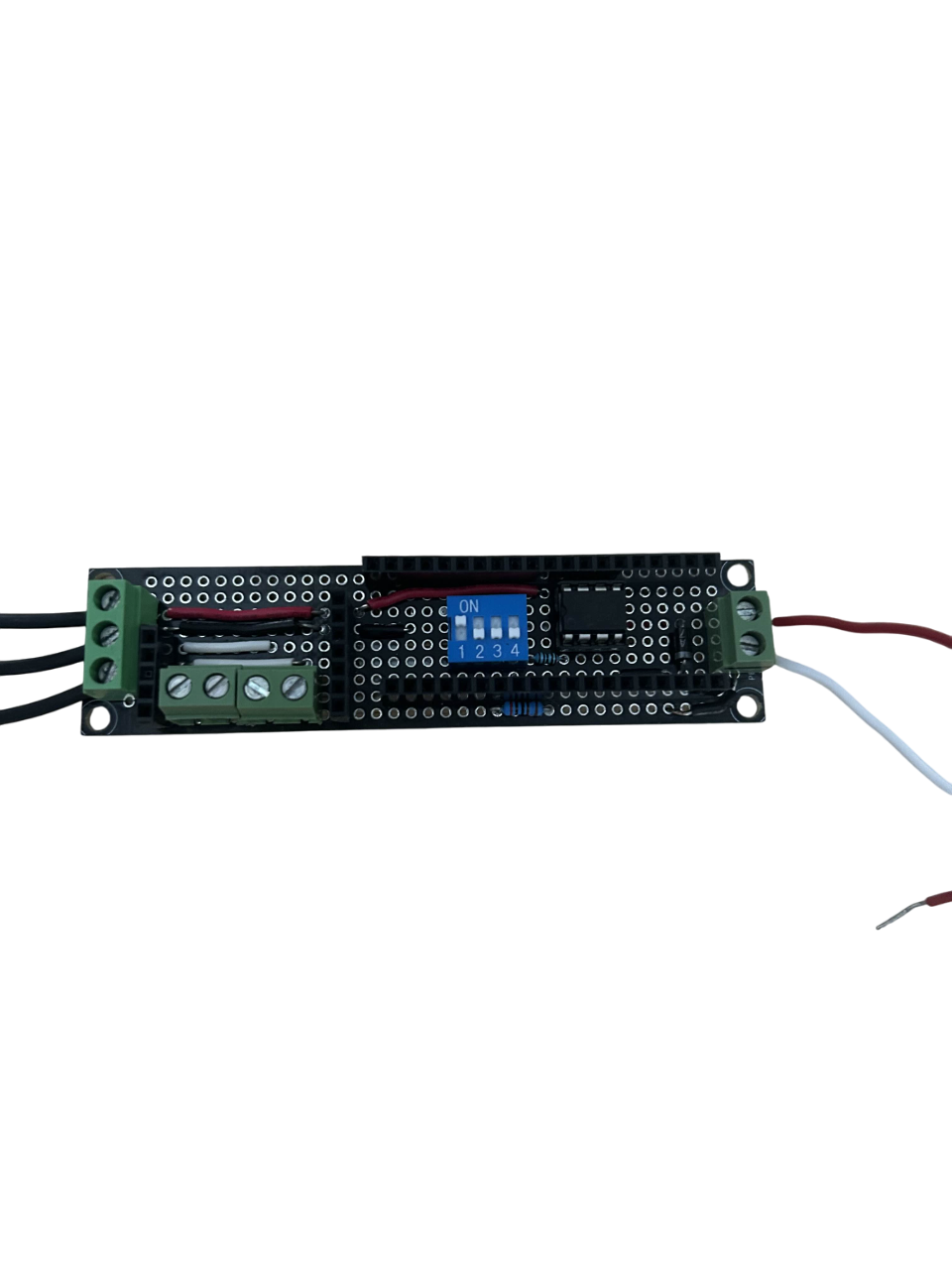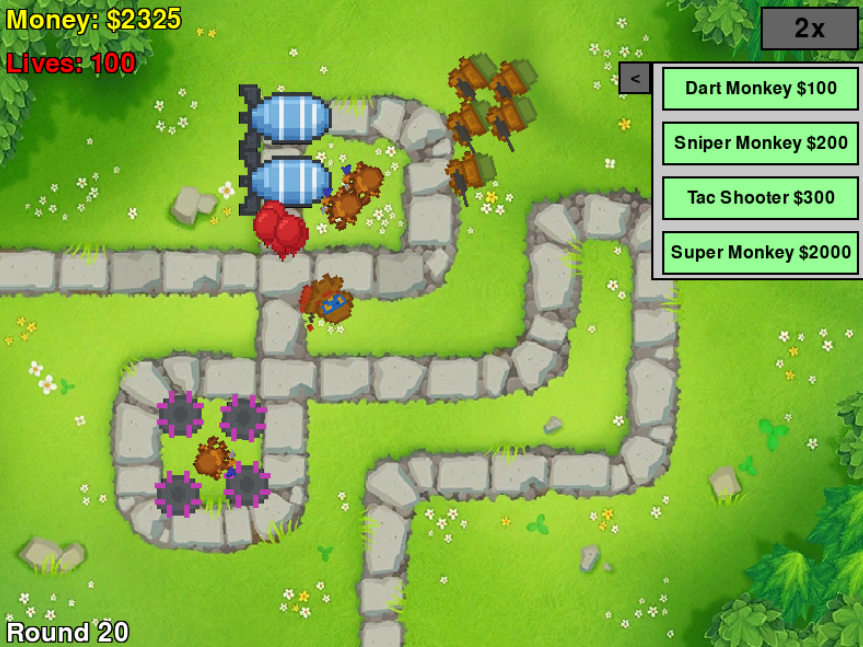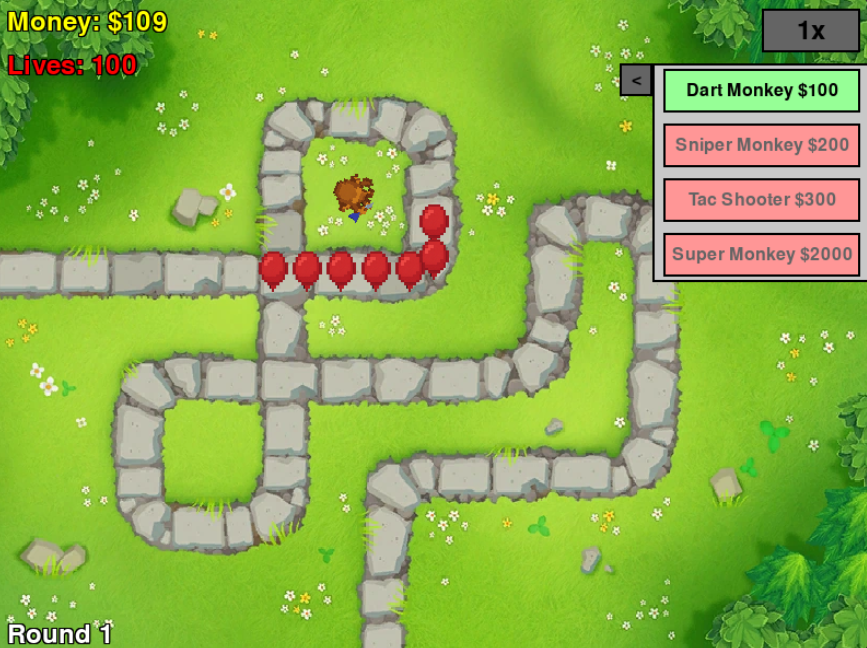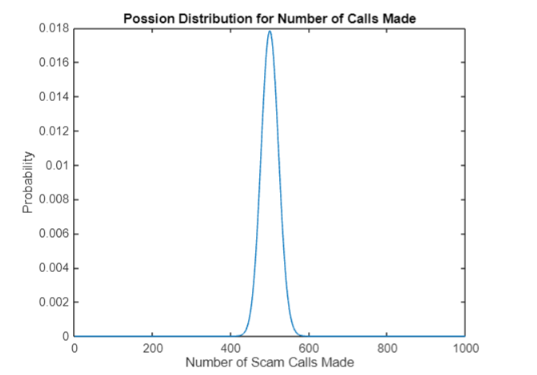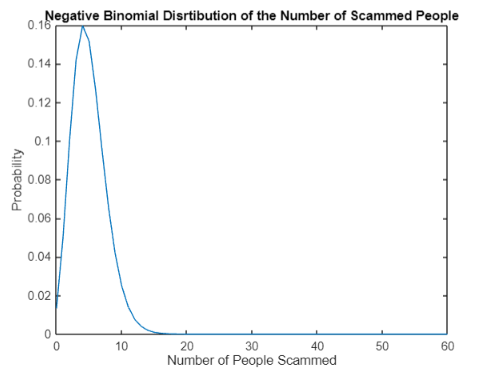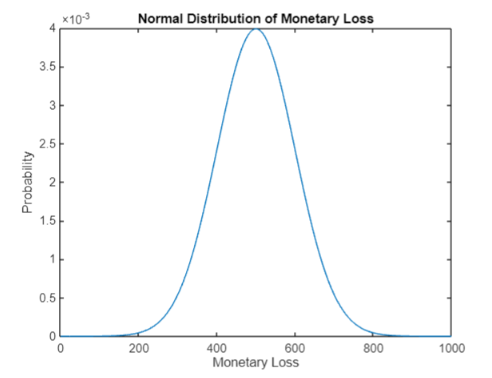Engineering Projects
Software Projects

AI Agent Library
A LangChain-powered toolkit for assembling reusable intelligent agent workflows.
Learn More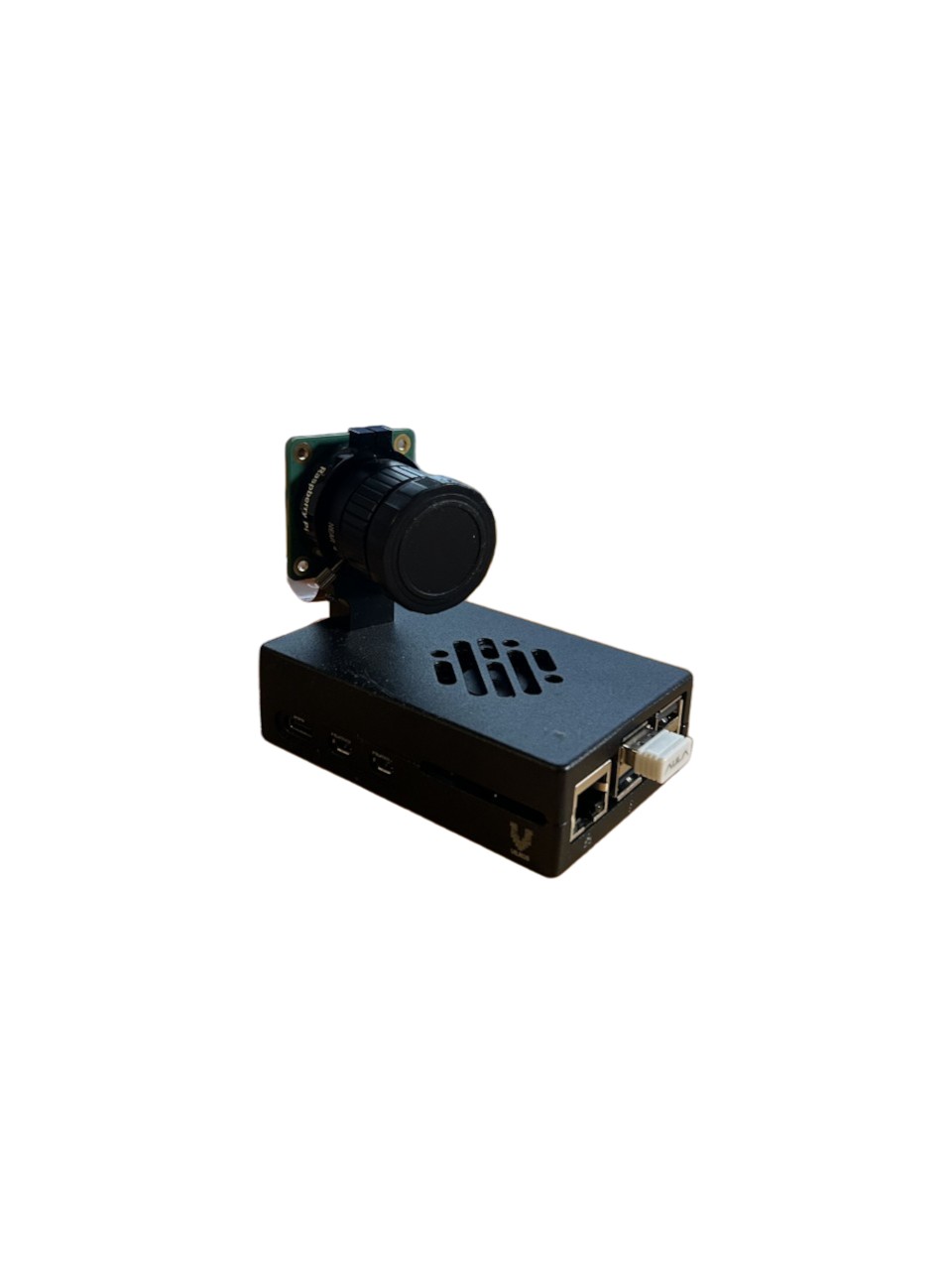
AI Fridge Camera
A OpenAI based module that tracks what Items go in and out of a fridge and provides recipies to reduce food waste
Learn More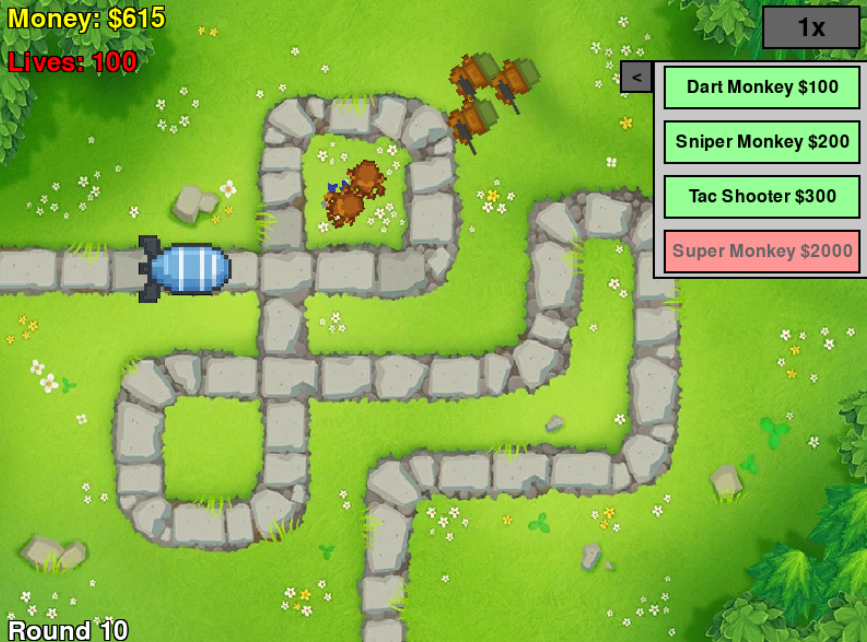
Balloons TD Replica
A Python tower defense game recreating Bloons TD mechanics and gameplay flow.
Learn More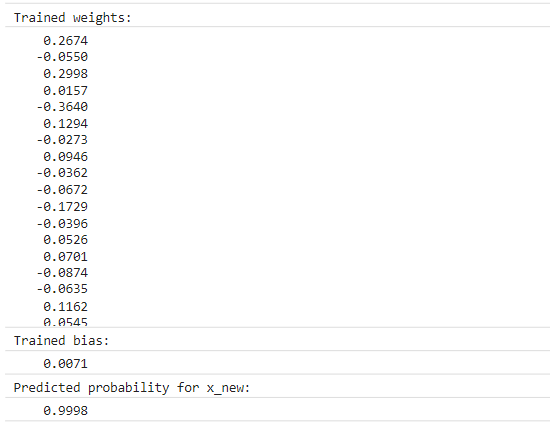
Email Phishing Detector
A MATLAB security tool combining calculus-based features with ML classification.
Learn More
Baseball Salary Scraper
A python script that scrapes both baseball salaries and stats from FanGraphs and Spotrac.
Learn More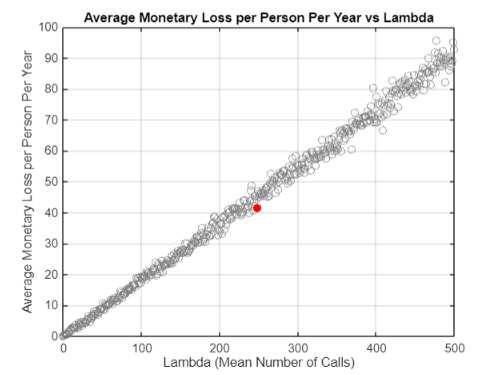
Call Center Scam Simulation
A Matlab script that takes note of SIR model and networks to predict call center money loss.
Learn MoreElectrical Projects

Custom Mini Hoop
A custom mini basketball hoop with LEDs, Ultrasonic sensor, and buzzer all controlled by a Arduino Uno.
Learn More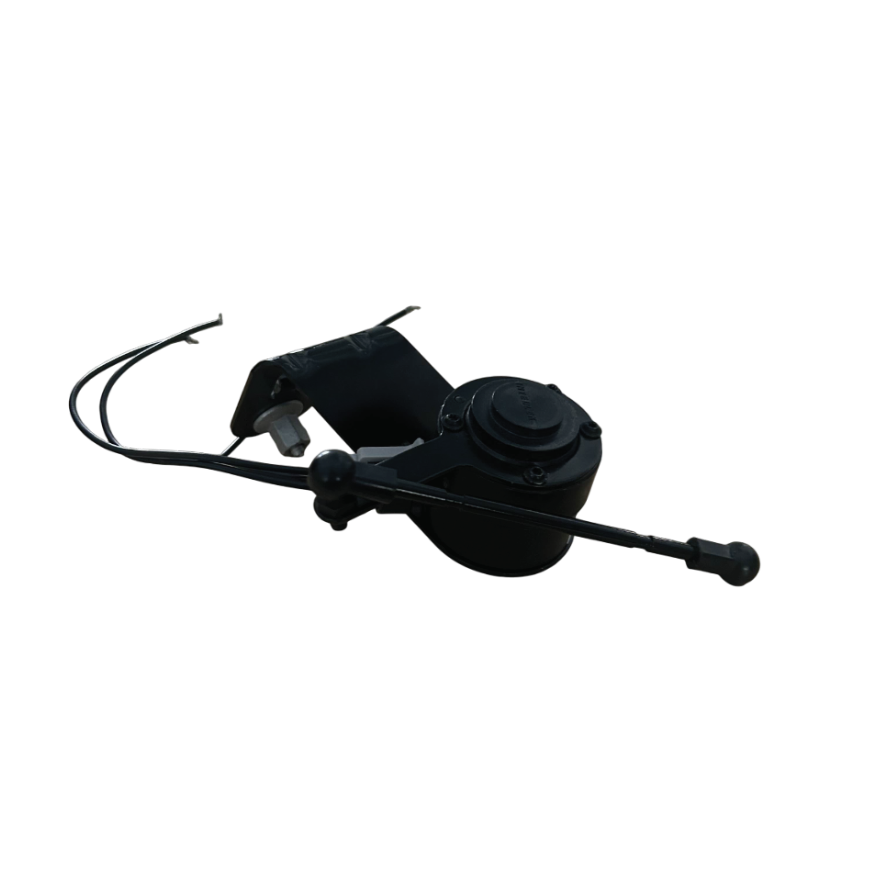
Baja Ride Height Module
A custom PCB and sensor system for measuring ride height data for the Olin Baja team's off-road vehicle.
Learn MoreCustomized Mini Hoop
I designed and built an interactive mini basketball hoop system using Arduino technology that provides real-time feedback for successful shots. The system employs an ultrasonic sensor to detect ball passage through the hoop, triggering synchronized LED animations and audio feedback.
The implementation involved full-stack embedded development using C++ in the Arduino IDE, with emphasis on efficient state management and responsive sensor data processing. Key technical aspects include integration of the FastLED library for dynamic lighting effects, interrupt-driven audio generation, and precision timing controls for reliable detection.
During standby periods, the system runs custom-programmed ambient light patterns to maintain visual engagement. This project demonstrates practical application of embedded systems design, sensor integration, and user experience engineering to transform a standard object into an interactive, technology-enhanced product.
Baja Ride Height Module
For the Olin Baja racing team, I contributed to developing a precision ride height measurement system to analyze suspension performance under extreme driving conditions. This data acquisition module was essential for validating design calculations and optimizing suspension performance during test runs.
The technical implementation featured a custom-designed PCB interfacing with angular displacement sensors, with data processing handled by Raspberry Pi Pico microcontrollers. The system utilized Bluetooth Low Energy (BLE) for wireless data transmission to a central analysis computer. I developed firmware that performed multi-step signal processing: converting voltage readings to resistance values, calculating angular displacement, and ultimately deriving physical measurements of ride height and suspension forces.
This instrumentation system provided the suspension engineering team with quantitative performance data that directly informed design improvements for subsequent vehicle iterations. The project integrated electrical engineering, embedded systems programming, and mechanical analysis to create a practical solution for real-world automotive testing applications.
AI Agent Library
I developed a modular AI tool library that enabled rapid creation and orchestration of intelligent workflows. Built with LangChain for LLM powered reasoning and LangGraph for visual graph based orchestration, the library let developers combine multiple tools, APIs, databases, and custom functions into reusable "agent" pipelines.
In addition to the core framework, the library included prebuilt agents for web crawling and research, lead generation, marketing outreach, and customer service automation. Each agent could be customized or extended, making it easy to create new AI driven workflows without starting from scratch.
This project showcased my ability to design scalable AI agent frameworks that blended large language models with structured workflows, giving teams a plug and play way to add advanced automation into their products.
AI Fridge Camera
I am developing an AI-powered kitchen management system to address household food waste, a significant global environmental challenge. This system utilizes computer vision technology to automatically detect and log food items entering and exiting a refrigerator, creating a comprehensive digital inventory with timestamp tracking.
The technical implementation combines a camera module with OpenAI's computer vision capabilities to accurately identify food items in real-time. The system employs a custom algorithm that tracks item freshness based on entry dates and typical shelf life, then proactively generates recipe recommendations that prioritize ingredients approaching expiration.
This ongoing project demonstrates application of artificial intelligence to practical sustainability challenges. By providing actionable information about available ingredients and suggesting creative ways to use them, the system aims to significantly reduce household food waste while simplifying meal planning for users.
Balloons TD Replica
I built a full tower defense game in Python using Pygame that replicated the core design and mechanics of the classic Bloons TD series. I recreated the complete set of game elements, including towers, projectiles, path-following balloons, collision detection, and wave progression, and implemented all sprite interactions so that each tower and balloon behaves as expected.
The result was a fully interactive, playable game with upgradeable towers, multiple rounds of increasing difficulty, and a responsive UI built entirely with custom code. This project demonstrated my ability to translate a complex existing game design into code from scratch, handle real-time event loops, sprite management, and collision logic, and produce a polished interactive experience in Python.
Email Phishing Detector

I developed a phishing-email detection system in MATLAB that combined multivariable calculus-based feature engineering with machine learning classification techniques. Using a large dataset of real phishing and legitimate emails, I extracted and normalized multiple features (text patterns, sender metadata, link statistics, and header attributes), applied dimensionality-reduction and scaling methods from multivariable calculus, and trained supervised models to distinguish phishing attempts from legitimate mail.
The resulting tool accepted a raw email as input, processed its features, and returned a clear prediction of whether the message was likely a scam or legitimate. This project demonstrated my ability to blend mathematical analysis with practical machine learning to build a working security-focused application in MATLAB.
Baseball Contract and Stat Scraper
I developed a comprehensive data acquisition tool to analyze the unique relationship between performance metrics and salary structures in Major League Baseball, the only major American sport without a salary cap. This project addresses the challenge of efficiently accessing and correlating disparate data sources for sports analytics research.
The technical implementation uses Python with the Requests and BeautifulSoup libraries to systematically extract and parse data from multiple sources, including FanGraphs and Spotrac. The automation script handles authentication challenges, pagination, and robust error handling while organizing the data into clean, analysis-ready formats. Visualization capabilities were implemented using Matplotlib to generate insightful representations of performance-to-compensation ratios.
This project demonstrates practical application of web scraping techniques, data pipeline development, and statistical analysis. The resulting tool enables efficient, on-demand analysis of player valuation metrics, providing insights into team spending efficiency and contract value assessment across the league.
Call Center Scam Simulation
For my Model and Simulation course, I developed a statistical simulation system to model the financial impact of fraudulent call center operations. This project applied mathematical modeling techniques to quantify and predict the economic consequences of scam activities, providing insights into a significant but under-studied societal problem.
The technical implementation leveraged MATLAB to create a multi-distribution modeling framework incorporating three probability distributions: Poisson distribution to model the frequency of outbound calls, negative binomial distribution to simulate successful scam conversion rates, and normal distribution to represent the financial loss per victim. This approach enabled accurate prediction of aggregate financial impacts across diverse scenarios.
Through this project, I demonstrated practical application of stochastic modeling, probability theory, and computational simulation techniques. The resulting model provides a quantitative framework for understanding scam operations and could potentially inform policy and intervention strategies designed to combat such fraudulent activities.
